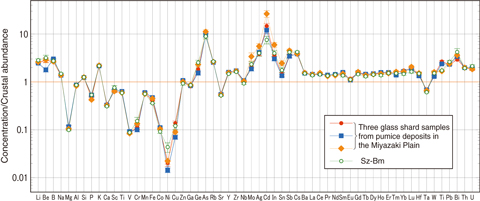
Fig.8-20 Photomicrographs of volcanic glass shards

Fig.8-21 Average values of elemental concentrations of volcanic glass shards normalized by crustal abundance
Dating of sediments is often essential for determining the ages of events such as earthquakes and volcanic eruptions. One method for dating of sediments is based upon determining the origin of tephra (volcanic products such as glass shards and pumices) in sediments. In Japan, age determination using tephra is a powerful tool for dating of sediments because the Japanese Islands have many volcanos and the ages of the eruptions with widespread depositions of tephra several hundred thousand years ago or more recently are mostly well known.
In general, the origin of tephra can be determined based on the mineral composition and shape, refractive index, and chemical composition of the volcanic glass shards. However, discrimination of tephra from eruptions with different ages but from the same volcano is difficult using only conventional analytical methods.
We succeeded in discrimination of tephra from eruptions during the Bunmei, Anei, and Taisho Periods from the Sakurajima volcano, Kagoshima Prefecture, using highly developed measurements of refractive index and chemical compositions for volcanic glass shards. The methods developed in this study are applicable for identification of the unknown tephra found in an area far away from Sakurajima volcano.
The refractive index of a volcanic glass shard has a unique range value depending on its volcano of origin and its age of eruption. However, the range value differs even between hydrated and non-hydrated parts of the same glass shard. In this study, the refractive indices of hydrated and non-hydrated parts within each individual glass shard were measured separately. The thickness of the hydrated part increased along with elapsed time after the deposition (Fig.8-20). Thus, the depositional age of volcanic glass shards can be estimated from the thickness of their hydration layers. These in-depth analyses contribute to improving the accuracy of glass shard identification based on refractive indices.
In addition, multielemental simultaneous analysis of the chemical composition of volcanic glass shards was done using a femtosecond-laser-ablation inductively-coupled-plasma mass-spectrometry technique (Fig.8-21). Elemental concentrations of volcanic glass shards also had unique range values for different volcanos and different ages of eruption. We built a methodology to apply statistical analysis to the multiple elemental-concentration values for determination of the origin of tephra.
These advanced analyses for the refractive indices and chemical compositions of volcanic glass shards were applied to pumice deposits on the Miyazaki Plain. We also performed radiocarbon dating of the coaly materials in the deposits using accelerator mass spectrometry at the Toki Research Institute of Isotope Geology and Geochronology. On the basis of these analyses, we revealed that the pumice was derived from the Bunmei eruption of the Sakurajima volcano.